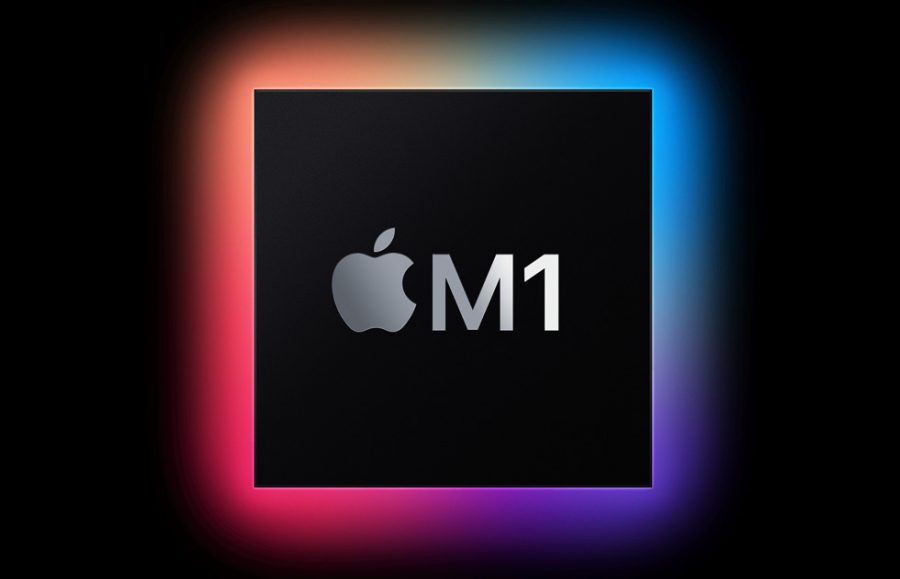Apple Silicon – the Future of Mac
Last week, Apple unveiled its brand-new Macs with in-house processors powering them.
The new laptops and desktop may look the same, but could not be more different. The new processors mean unheard of performance increases for Mac users, and battery life increases that allow for over a day on a single charge. With all the new features, we can expect this to be one of the most bought Mac generations for a while.
Back at Apple’s World Wide Developer Conference (WWDC for short), they announced that they would be transitioning to using their own in-house processors for the Mac lineup, with the first Apple-silicon powered computers coming before the end of the year.
Before, Macs were using Intel processors based on the x86 architecture. For over a decade, this has been the standard in desktop processors. However, another architecture, ARM, has been rising in popularity. ARM is designed to be more efficient at doing complex tasks while keeping heat down and processing fast.
Apple has designed their own in-house phone processors based off of ARM for a while, with the most recent one being the A14 chip in the iPhone 12 series. Apple has kept their word, and created the Apple M1, a variant of the A14 designed to run on Mac. It improves on x86 in many ways and increases performance for intensive tasks by miles.
In a set of interviews Apple did for the unveiling event, creators all described how the ARM processors were performing much better for their tasks, which involved everything from making games with Unity to rendering in Cinema 4D. Regardless of the goal, it can be agreed upon that the new apple-silicon based Macs are an improvement for everyone, and I’m excited to see the development to come.













Elena Nasar • Nov 23, 2020 at 11:06 am
Amazing article! Super interesting.